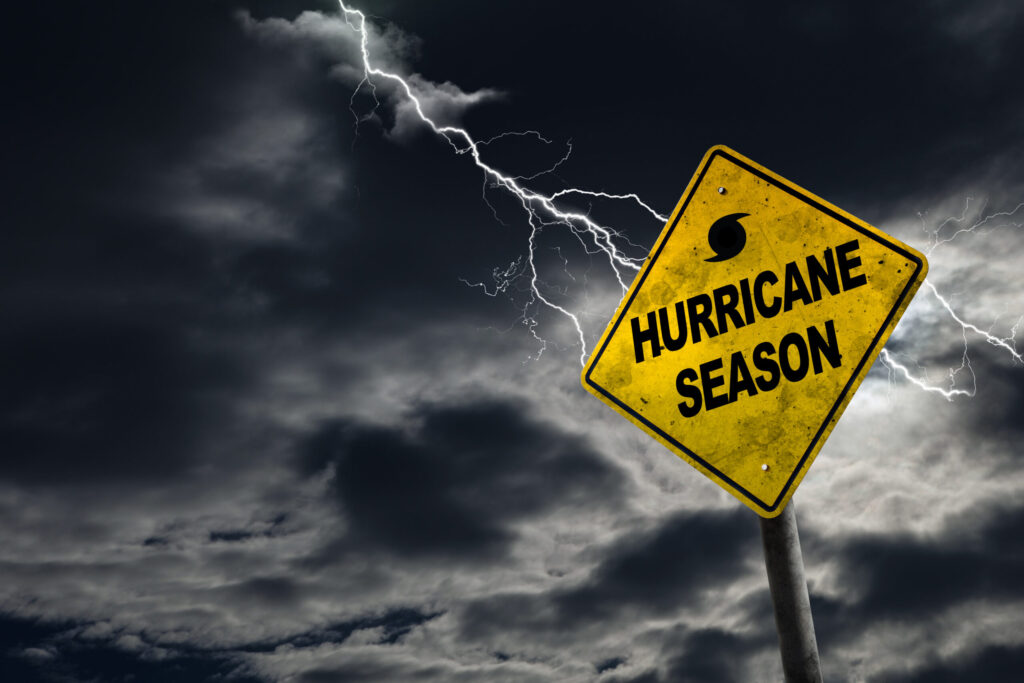Hurricane Helene unleashed its fury across the southeastern United States, causing catastrophic storm surge and widespread inland flooding. Making landfall as a Category 4 hurricane near Perry, Florida, on September 26, 2024, Helene was packed with maximum sustained winds of 140 mph and a pressure of 938 millibars, making it the strongest hurricane to ever strike Florida’s Big Bend region. The impact of this storm was felt not only along the coast but also hundreds of miles inland, leading to devastating flooding in the Carolinas and Tennessee.
Historic Landfall and Record Surge
Helene made its landfall around 11:10 p.m. EDT, setting a new benchmark for hurricane intensity in the region. Its storm surge inundated coastal towns, with Cedar Key reporting an estimated surge of 10.33 feet, surpassing records established by a hurricane in 1896. Many areas in the Big Bend region experienced extreme flooding, while cities like Tampa and St. Petersburg recorded modern-day surges between 6 to 7.2 feet. Clearwater Beach and other coastal areas faced significant water levels that broke previous surge records, demonstrating Helene’s unprecedented power.
Inland Flooding and Devastation
The storm did not stop at the coastline; it unleashed heavy rainfall as it moved inland, leading to catastrophic flash and river flooding from Georgia through the western Carolinas and eastern Tennessee. The combined effects of Helene’s rainfall and pre-existing wet conditions resulted in historic flood crests along multiple rivers. Notable locations such as the Pigeon River in Newport, Tennessee, and the Swannanoa River near Asheville, North Carolina, recorded unprecedented levels of flooding, breaking records that had stood for over a century.
On September 27, the National Weather Service issued over 20 flash flood emergencies, marking the highest number of alerts for a single day in more than 13 years. Rainfall totals exceeded a foot in several areas, with some locations in North Carolina experiencing nearly 30 inches. Asheville shattered its historical rainfall records, with over 13 inches falling in just three days.
Wind Damage and Power Outages
The eyewall of Helene produced destructive winds that prompted an extreme wind warning, urging residents to seek shelter from the hurricane’s powerful gusts. Wind speeds reached 99 mph in Perry, Florida, with gusts exceeding 70 mph recorded as far north as Anderson, South Carolina. The storm’s rapid forward motion allowed these winds to extend farther inland than is typical for hurricanes.
In the aftermath, over 4 million customers found themselves without power across a wide swath of the Southeast. Utility companies faced significant challenges, with reports of damaged infrastructure making it difficult to restore electricity. Crews in South Carolina had to navigate debris just to assess the damage in affected areas.
Tornadoes and Additional Destruction
Hurricane Helene also spawned tornadoes in its outer rainbands, leading to further destruction. Preliminary assessments indicated over a dozen tornadoes occurred before and after the storm made landfall. One of the most damaging, rated EF3, struck Rocky Mount, North Carolina, injuring 15 individuals and damaging numerous buildings. The risk of tornadoes is a common concern with landfalling hurricanes, compounding the overall devastation.
Recovery Efforts and Federal Assistance
The effects of Hurricane Helene left many communities reeling, with North Carolina’s Buncombe County reporting significant damage and several residents unaccounted for. Emergency teams were deployed to deliver food and supplies to isolated areas cut off by mudslides and flooding. As recovery efforts ramped up, North Carolina Governor Roy Cooper announced that President Biden approved a Federal Major Disaster Declaration to provide immediate assistance to the impacted regions.
Long-Term Impacts and Future Considerations
As communities begin the difficult process of recovery, the aftermath of Hurricane Helene serves as a stark reminder of the increasing intensity and unpredictability of storms. The combination of catastrophic surge, unprecedented rainfall, and wind damage illustrates the multifaceted threats posed by hurricanes. Residents are urged to remain vigilant and prepared for future storms, especially in regions that have already experienced significant impacts.
The storm’s record-breaking statistics, such as being the strongest hurricane to hit the Big Bend area and the third hurricane to make landfall in that region within just over a year, highlight the need for improved infrastructure and emergency preparedness in vulnerable areas.
Conclusion
Hurricane Helene’s destructive path has left a lasting mark on Florida and the Appalachian region, showcasing the severe consequences of climate change and the necessity for communities to adapt and prepare for such powerful storms in the future. The recovery will be long and arduous, but with federal assistance and community resilience, the affected areas can begin to rebuild and recover from this historic event.


